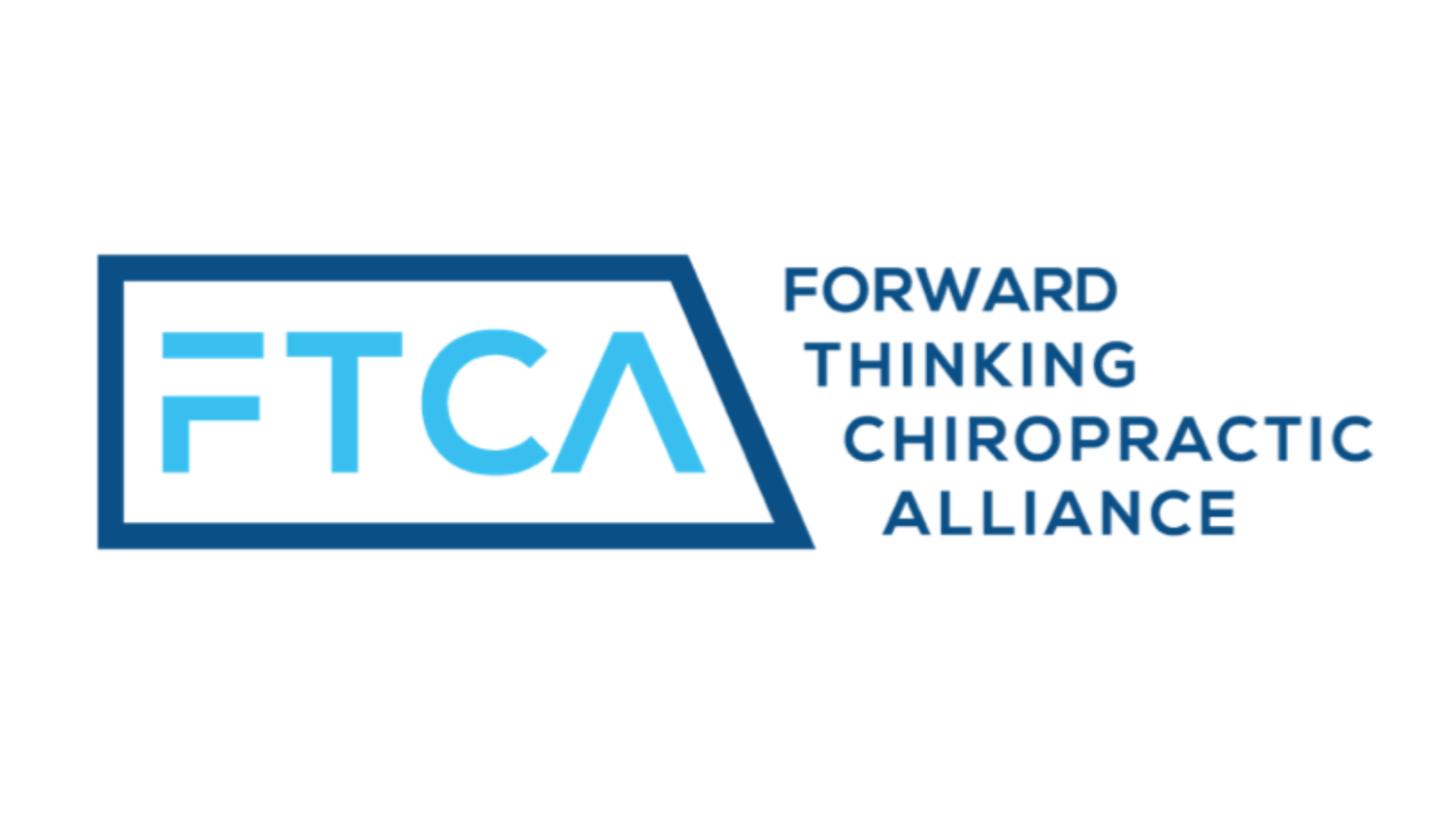The FTCA is home to hundreds of outstanding chiropractic physicians and our Member Spotlights will introduce you to some of them. This Member Spotlight focuses on Dr. Joshua Lederman, a Logan College of Chiropractic graduate with quite the impressive list of credentials.
Dr. Joshua Lederman is a Board Certified Chiropractic Physician in Illinois, has a Master of Science in Sports Science and Rehabilitation degree, is Full Body Certified in Active Release Techniques (ART®), is an IronMan® Proud Partner, is a National Registry Certified Medical Examiner, and as if that wasn't enough, is certified in Selective Functional Movement Assessment - Level 1. His mission is to provide the highest quality, patient-centered, outcomes-based healthcare.
Dr. Lederman's treatment techniques include spinal and extremity manipulation, Active Release Techniques®, McKenzie Mechanical Diagnosis and Therapy® and functional rehabilitation. He assesses patients utilizing a whole-body approach to identify the causative factors in the patient's symptom presentation while focusing on getting patients involved in their care through at-home exercises and correction of faulty posture and movement patterns.
FTCA: What clubs were you involved with as a student and did you feel them beneficial?
Dr. Lederman: As a student, I was involved in Sports Council, Motion Palpation (MPI), SACA (Student American Chiropractic Association), and Student Doctor's Council (SDC). Getting involved even as early as trimester 1 is very beneficial and important for exploring different approaches to patient care and leadership opportunities.
FTCA: What did you do as student to best prepare yourself for practice?
Dr. Lederman: As a student, I attended a variety of seminars outside of class along with volunteer opportunities with Sports Council to get hands-on so that I could learn a variety of tools for treatment of patients.
FTCA: What made you decide to focus on ART, SFMA, McKenzie and functional rehabilitation?
Dr. Lederman: I got into ART from seeing it used from upper trimester students. ART has been very helpful for soft tissue and neurological injuries and is well-known in the sports medicine environment. ART seminars really encourage practitioners to continue to know their anatomy when applying manual therapy. SFMA was also recommended by some upper trimester students, and it has been very helpful in determining the appropriate treatment approach between a mobility correction or stability correction. One of the main reasons that I decided to attend Logan for my Chiropractic education was related to the Master's Degree in Sports Science and Rehabilitation offered at the school. I was able to get additional training in rehabilitation and complete a Community Based Internship at the Biofreeze Sports Rehabilitation clinic at Logan which has been very helpful for treatment of patients. Mckenzie (Mechanical Diagnosis and Treatment aka MDT) has also been very helpful. I took MDT Part A which focuses on the lumbar spine has been very helpful for management of patients with lower back pain especially with concurrent radicular symptoms. MDT allows the practitioner to classify a patient according to their response to repeated directional movements and give patients a way to manage and control their pain (which makes patients feel much more in control of their pain).
FTCA: What would you recommend to students who want to practice as you do?
Dr. Lederman: Get involved in a variety of clubs at school and take on leadership positions. Also utilize upper trimester students as mentors for what seminars outside of class to attend. Definitely go to outside seminars like McKenzie, Motion Palpation, SFMA, ART, and DNS to name a few. School will prepare you to practice and give you a foundation; however, more training is necessary if you want to offer the most for your patients.
FTCA: What's the most rewarding part of your work?
Dr. Lederman: The most rewarding part of work is releasing patients from active care after they have come in to the clinic in a great deal of pain and dysfunction. Patients are very appreciative not only for the hands-on care but also for the education on ergonomics and at-home rehabilitation strategies to take control of their pain/dysfunction. Any time that you can make a patient feel in control of their body and they have that "aha" moment; that's what makes the job worth it.
FTCA: How do you balance a busy work schedule with your personal life?
Dr. Lederman: Great question. I am definitely still trying to find the right balance between personal life and work life. If time with your spouse, family, or friends is not planned in to the schedule, it will not happen; therefore, plan out times to spend time outside of work just having fun. Also, when leaving work sometimes it is hard to go into non-work mode (going from the busy flow of clinic to the more relaxed pace of at home). Give yourself a couple of minutes when you get home after work to chill and reflect on the day.
FTCA: What's the average time you spend with patients?
Dr. Lederman: Currently it depends on the patient. I may spend between 10 minutes and 50 minutes depending on if a patient is getting rehabilitation (therapeutic exercise, manual therapy, or therapeutic activities) or is a manipulation only patient.
FTCA: What's the most important bit of knowledge you want your patients to retain?
Dr. Lederman: The most important bit of knowledge for patients to retain is that they are an active participant in their care; therefore, it is very important for patients to perform their recommended at-home exercise (reinforcement techniques) and to pay attention to particular behaviors or actions they may be doing that may be hindering their response to care.
FTCA: How has being a member of the FTCA benefited you?
Dr. Lederman: The FTCA has been a great way to connect with like-minded colleagues in the profession that are interested in advancing the profession and focusing on evidence-based, patient-centered care. When I post a question or comment, I know that I will be able to get helpful advice.
Watch Dr. Lederman in action:
